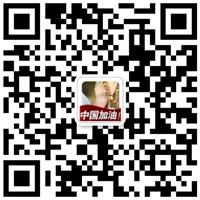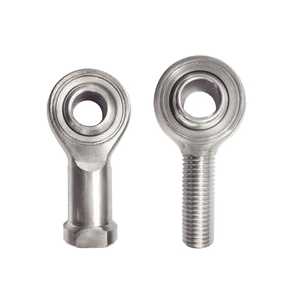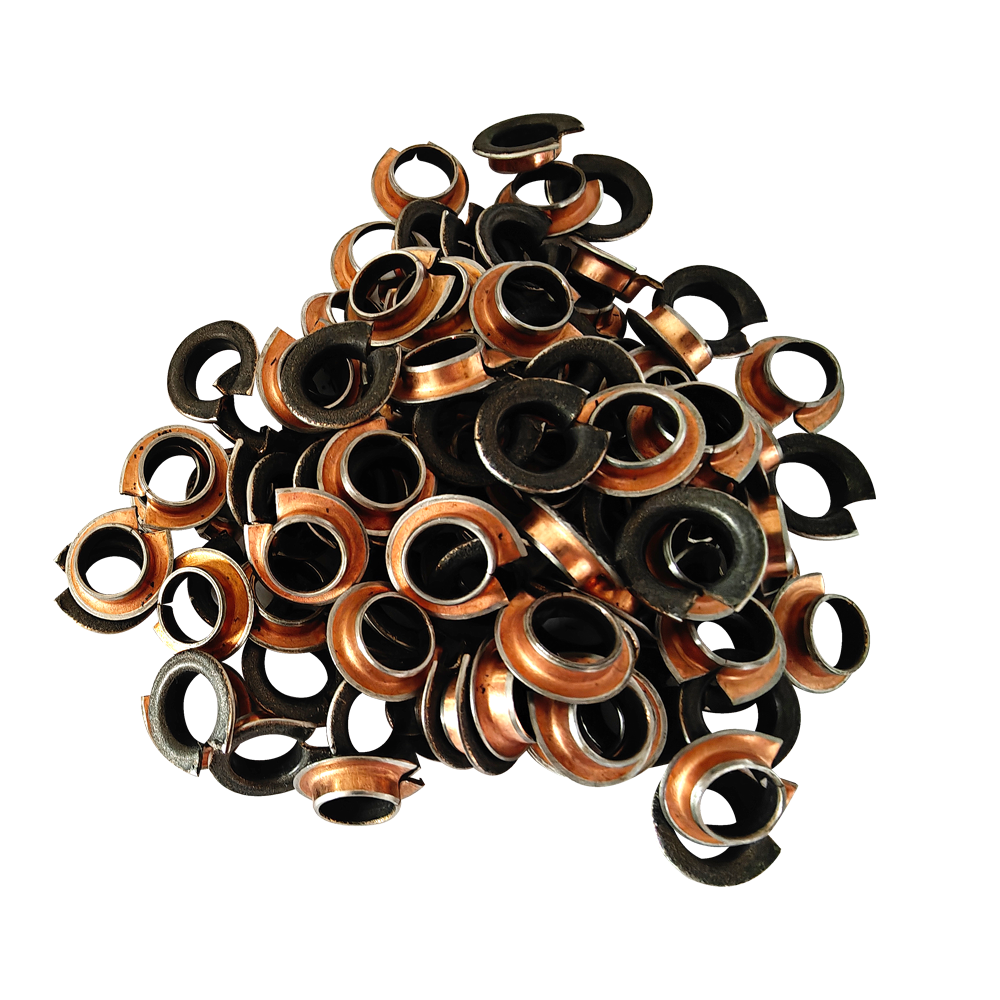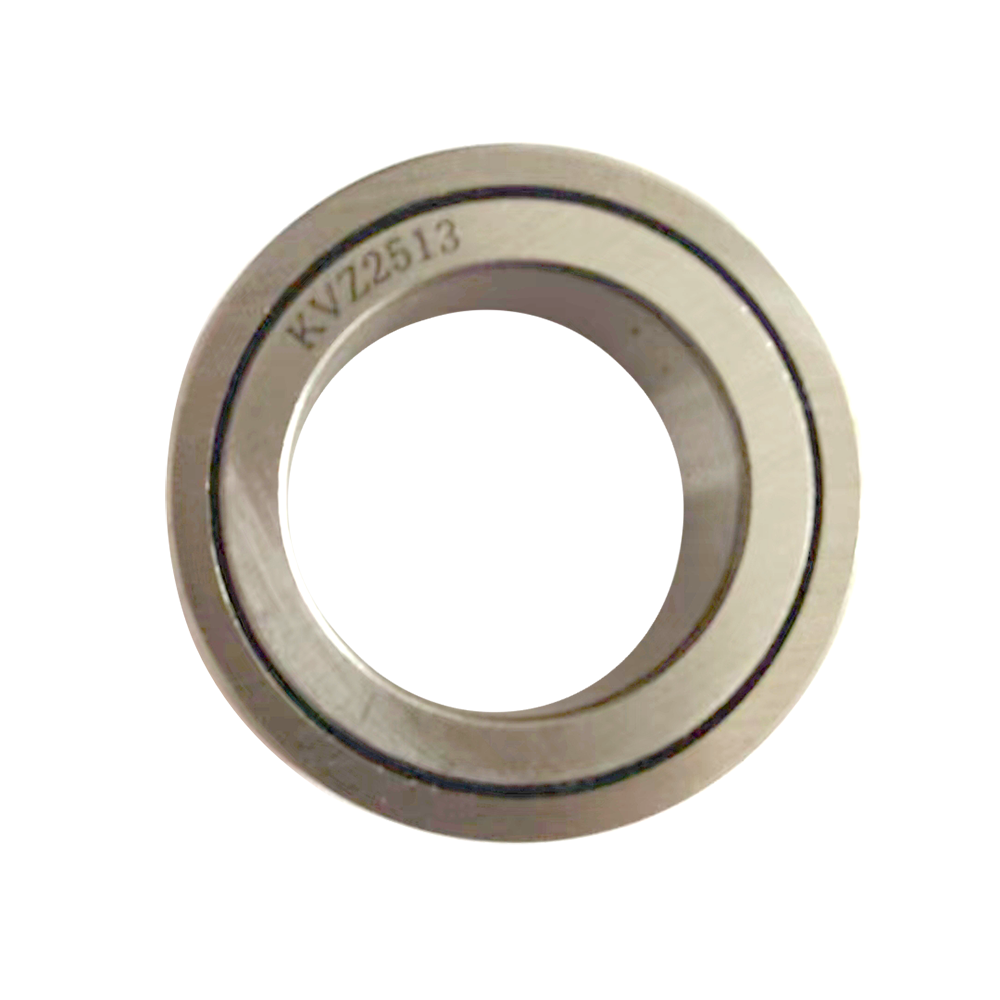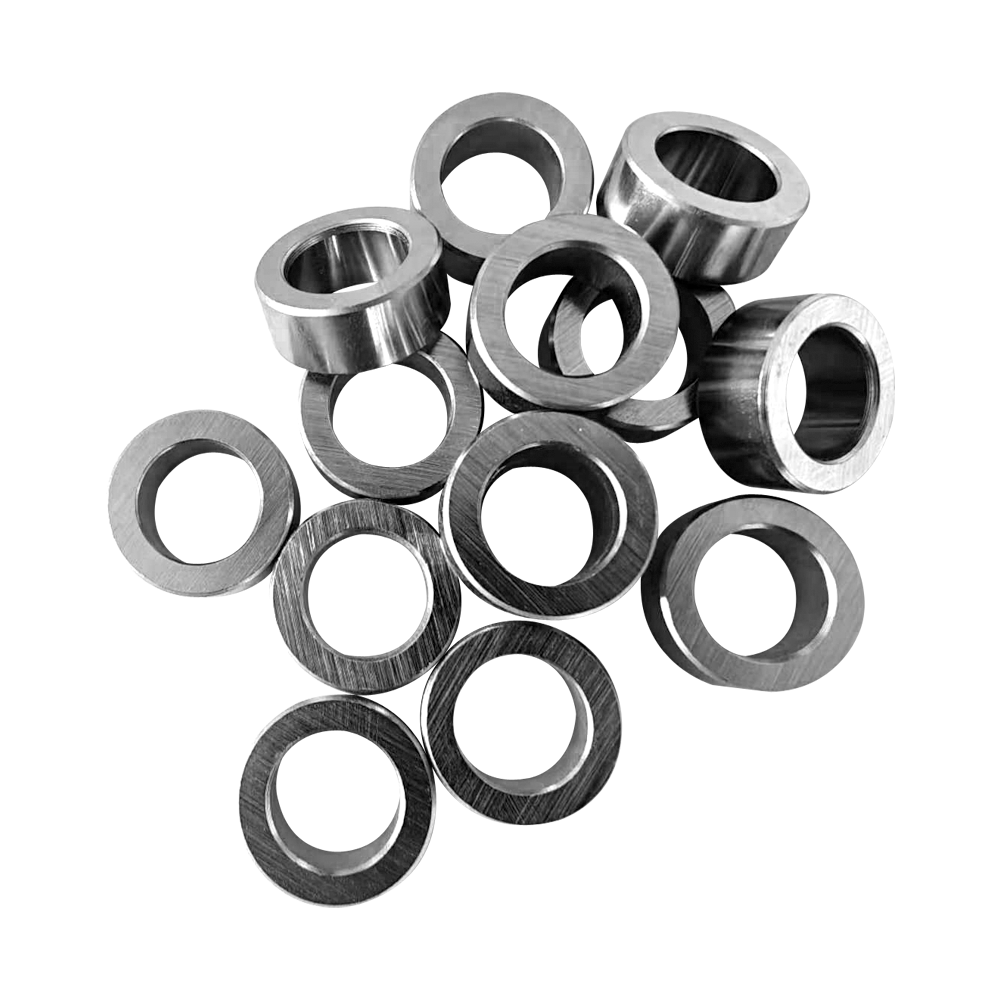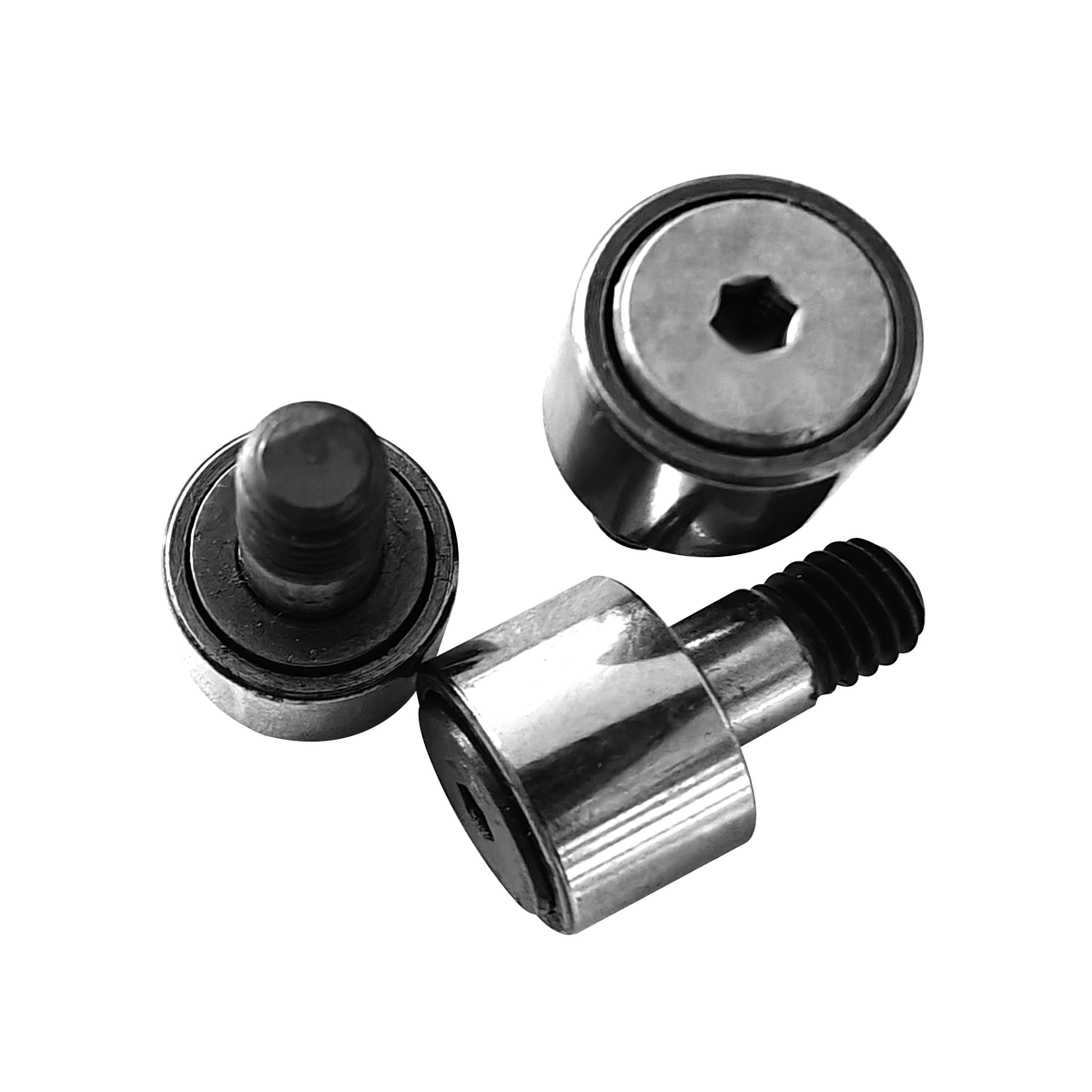;font-family:Calibri;font-size:14px">Knuckle-bearing is a spherical plain bearing, its sliding contact surface is an inner sphere and an outer sphere, which can rotate and swing at any Angle when moving, it is made of surface phosphating, blasting, insert pad, spraying and other special process processing methods. Joint bearing has the characteristics of large load capacity, impact resistance, corrosion resistance, wear resistance, self-aligning, good lubrication and so on.
Because the structure and working mechanism of the joint bearing are completely different from that of the rolling bearing, the joint bearing has its own technical characteristics and maintenance requirements.
Operating temperatur
The allowable working temperature of the knuckle bearing is mainly determined by the matching material between the bearing sliding surfaces, especially the sliding surface of the plastic material of the self-lubricating knuckle bearing, and its carrying capacity will decline at high temperature. If the sliding surface material of the lubricated knuckle bearing is paired with steel/steel, the allowable working temperature depends on the allowable working temperature of the lubricant. However, for all lubricated and self-lubricating joint bearings, they can be used in the temperature range of -30 ° C ~ +80 ° C, and maintain the correct bearing capacity.
Dip Angle
The inclination Angle of the joint bearing is much larger than the general adjustable rolling bearing, it is suitable for use in the supporting part of the concentricity requirement is not high, the inclination Angle of the joint bearing is different with the bearing structure size, type, sealing device and support form, the general inclination range of the radial joint bearing is 3° ~ 15°, the Angle range of the angular contact joint bearing is 2° ~ 3°. The inclination range of thrust joint bearings is 6° ~ 9°.
cooperate
In any case, the selection of the joint bearing shall not cause uneven deformation of the ring, and the selection of the matching nature and grade must be determined according to the bearing type, support form and load size and other working conditions.
Load and unload
The loading and unloading of joint bearings should follow the principle that the force exerted by assembly and disassembly cannot be transmitted directly through the spherical sliding surface. In addition, auxiliary loading and unloading tools, such as sleeves, removers, etc., should be used to apply the loading and unloading force exerted by the outside world directly and evenly to the matched rings, or to use heating and other auxiliary methods for loading and unloading without load.
Install
When assembling the joint bearing series, it is necessary to pay special attention to the position of the outer ring division surface. In order to avoid the direct action of load on the split surface, the split surface should be maintained at a right Angle to the coincidence direction.
oiling
When the applied load and the speed generated by the swinging motion are very small, the oil-feeding joint bearing can be operated without lubrication. However, it is generally necessary to replenish oil regularly. In the initial installation operation, it is recommended that the lubrication cycle should be moderately shortened.
Oil-free joint bearings can be used without lubrication. However, if lithium soap-based grease is added before operation, the service life of the joint bearing can be extended. If grease is injected into the space around the bearing, the knuckle bearing will be more effective in protecting against the invasion of dust and foreign bodies.

